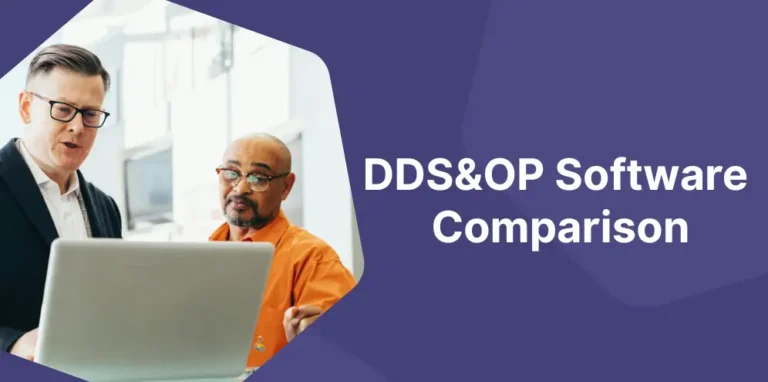The vast majority of business leaders do not come from supply chain, purchasing or operations. For a long time, when you were in these professions, your marshal’s baton was to become COO or Chief Supply Chain Officer. Of course there are notable exceptions, such as Tim Cook at Apple, but you’re probably more likely to become a CEO if you come from, say, finance.
For a long time, the supply chain professions did not have a voice in the management committees, it was a subordinate profession, in the back office.
Executives hear about their supply chain when trains don’t arrive on time. When delays create customer dissatisfaction, when new products can’t be launched on time, when financial reserves have to be made for excess or obsolete inventory. They have been hearing about this particularly in recent years, as trains (or containers) have been disrupted by the pandemic and its knock-on effects. Many of them have realized the fragility of their operations, or have discovered the bullwhip effect to their cost.
How can we establish and execute a strategy for the company if we don’t know the operating mechanics of its flows, its abilities, its limits and its weaknesses? How can we know if the operating modes, processes, management rules and systems deployed in the company are adapted to the strategic challenges and ambitions?
Of course, there are armies of willing consultants who are ready to come and help you. I met a company some time ago that had conducted ten diagnostics in ten years… without implementing the recommendations.
From our own experience, and from interactions with our clients, we suggest a few hints:
Develop the skills of your teams
Rather than calling in consultants to make yet another diagnosis, trust your own teams and develop their skills.
Establish supply chain accountability throughout your value chain as much as possible. Procurement, Purchasing, Production, Customer Service, the same battle – don’t waste energy, it’s about orchestrating from end to end, not splitting it up. Select a leader who is passionate about the big picture and pragmatic.
Make sure that your teams are trained, to have a common reading grid and the right methodological and technical bricks. Until the year 2000, the reference training courses in supply chain were those of APICS (today ASCM), completed by Lean/6Sigma training. Unfortunately, the historical principles at work in APICS trainings are no longer adapted to today’s reality. Prefer the Demand Driven Institute’s training courses, which focus on the implementation of processes to adapt to an ever changing world.
Incorporate data literacy, analysis, and meaningful visualization into your supply chain team training – 21st century supply chain team members must be data driven.
Engage in S&OP
The Sales & Operations Plan is THE management process to drive the company’s adaptation. As a leader, you must be the S&OP Chairman. The process is not complicated in itself, but it requires orchestration and learning. Understand the expectations and start without delay, you learn by doing.
It’s about aligning the company’s teams, not with a set of numbers (“the official plan”), but with the possible futures, the changes to be made based on these alternatives, and the risks and uncertainties to be taken into account. More than executing a plan, it is about managing change and adaptation, and ensuring that strategy and execution are aligned.
Get involved in the validation of your operating model
Resist the temptation to issue blunt directives. “Reduce inventory. “Increase inventory to improve on time delivery”.
Your demand response model is what it is. It has abilities that are linked to a set of parameters: manufacturing and distribution footprint, distances, lead times, key partners, investment in stock, management rules, fixed horizons, batch sizes, etc.
There is often a very fragmented understanding within the company, as the flows cross the perimeters of responsibility. As an example, I have encountered multiple companies whose factories think they are “manufacturing to order”… to replenish an inventory-laden distribution network. Needless to say, there is a lot of opportunity in adopting an end-to-end perspective.
The first step in setting up a Demand Driven model is to describe the existing and target models, characterize the response times, the amount of inventory required, the constraints by which to drive, etc.
As a leader, ask your teams to initiate this work and get involved in the reviews and the removal of constraints.
Unlock your IT
The advent of ERP systems in companies has resulted in a significant workload for IT teams, and recurrently consumes a very large portion of budgets. An unfortunate consequence is that in many companies, especially in the industrial sector, IT teams have become the guardians of the temple: they avoid deviating from what has been set in stone by the ERP. The added value of ERP is the common database and the rigor of the transactional processes, but current ERP systems fail to allow the company to adapt quickly. This can be achieved through cloud solutions such as those from Demand Driven Technologies – make sure your IT team becomes again a process innovation force!
Adopt the Demand Driven model (of course)
The Demand Driven model has proven itself in all types of industries, it is structured, it covers all of the above points, its implementation is fast, inexpensive and delivers results. You can get an overview in a few hours, and exchange with companies that have adopted it. Contact us for more information!












